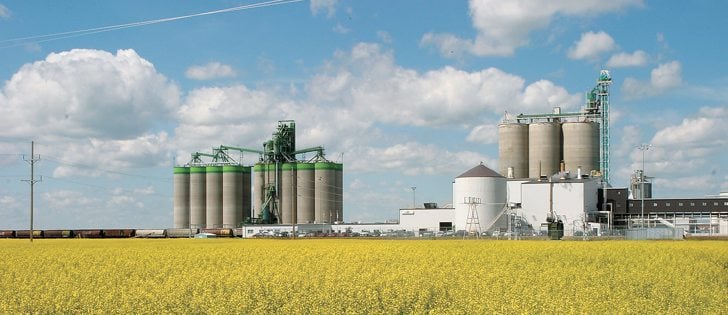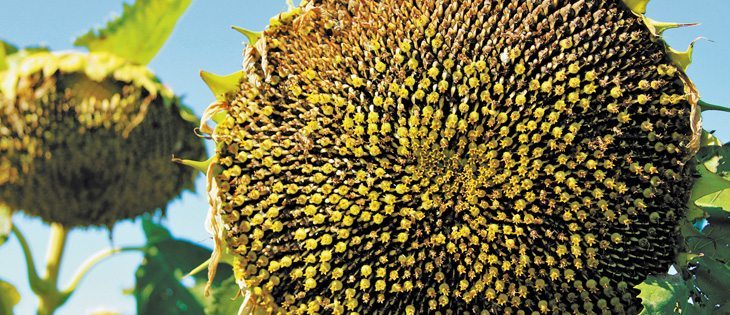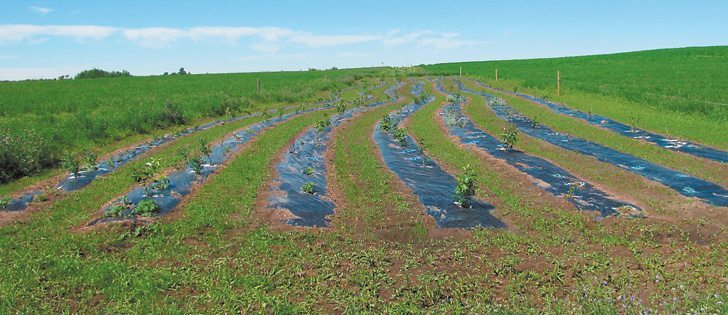NASHVILLE, Tenn. — Continuing tight global grain supplies should support firm prices for corn, wheat and soybeans in 2012.
The U.S. corn stocks-to-use ratio has been five to 6.8 percent since October 2010, said a Cattlefax market analyst at the National Cattlemen’s Beef Association annual meeting Feb. 1-4.
“As we go forward, the current stocks to use level is not going to change very much,” said Mike Murphy.
The stocks-to-use ratio indicates the level of carryover for a commodity as a percentage of the total demand or use.
Read Also

Chinese offer complicates canola marketing
Recently the Chinese ambassador indicated that there would be a potential deal between Canada and China regarding the current tariff war.
“Between now and spring we are not going to change this current supply and demand relationship. We are going to have to shift the focus back into new crop and that will be dictated by the weather this summer,” he said.
Corn demand has changed in the last decade as more than five billion bushels are now pulled for ethanol production, leaving feed markets and exporters scrambling for supply.
Corn prices are expected to remain high, but Murphy speculates there will be resistance to exceeding $6.50 to $6.75 per bushel and support at $5.50 to $5.75 per bu.
Ethanol production is stable for U.S. needs but a major growth area has been exports to Canada, Australia, Jamaica and India. U.S. ethanol exports are up 200 percent since 2009.
“That is the driving force behind the ethanol industry today, the export market,” he said.
The United States exported 1.65 billion bu. of corn last year, down from nearly 2.5 billion bu. in 2008-09. The 2012 export outlook is for lower grain exports as players such as Ukraine, Argentina and Brazil step up their presence on the world stage.
The U.S. is using three billion more bushels of corn than it did 10 years ago, so more production is needed as demand increases.
Corn will capture more acres relative to soybeans. Farmers started making their decisions last fall and indications suggest 94 million acres of corn will be seeded this spring, up from 91.9 million last year. It could be the largest corn area in history.
There will likely be more wheat at 57.2 million acres and nearly 75 million acres of soybeans.
However, planting decisions depend on the weather, and more land will be used for soybeans if the spring is wet and cool.
Corn yield in 2011 was 147 bu. per acre, a large drop from the big harvest of 2004 when farmers pulled off 160 bu. per acre.
Comfortable wheat supplies are expected to keep prices low relative to corn for the first half of 2012.















